Huoshenshan Hospital in Wuhan, a makeshift hospital with 1,000 beds dedicated to treating patients infected with the coronavirus, was completed in a record 10 days and has started to treat patients since February 3. Leishenshan Hospital, a second one with 1,600 beds completed its construction by nearly 80% on the same day, and is to complete on February 6. "The hospital is expected to be completed in time to treat patients", said Mrs. YANG Jianhua, chief design officer of Leishenshan Hospital project. YANG, a graduate of the Year 1987 from structural engineering of Tongji University, is the deputy Party secretary and general manager of Central-South Architectural Design Institute (CSADI).
On the evening of January 24, as one of the first six comprehensive architectural design institutes established in China, CSADI received an urgent task to transform the athlete's restaurant of the Military Sports Games, Wuhan into Leishenshan Hospital, the second makeshift hospital that treats patients infected with novel coronavirus in Wuhan. Under the guidance of ZHANG Baiqing and ZHANG Yun, leaders of CSADI, and following the arrangement of CSADI’s party secretary LI Ting, a project team of 40 members headed by Mrs. YANG Jianhua was organized, which covered construction, structural design, water supply and drainage, electrical engineering, HVAC (Heating, Ventilation and Air Conditioning) and cost among others. Upon receiving the task, the team members overcame difficulties and rushed to the project site without any delay. They turned on the torch on their mobile phones and did a survey of the site in darkness. Then, YANG and her team went direct back to their office and had discussions about the project plan and the hospital design.
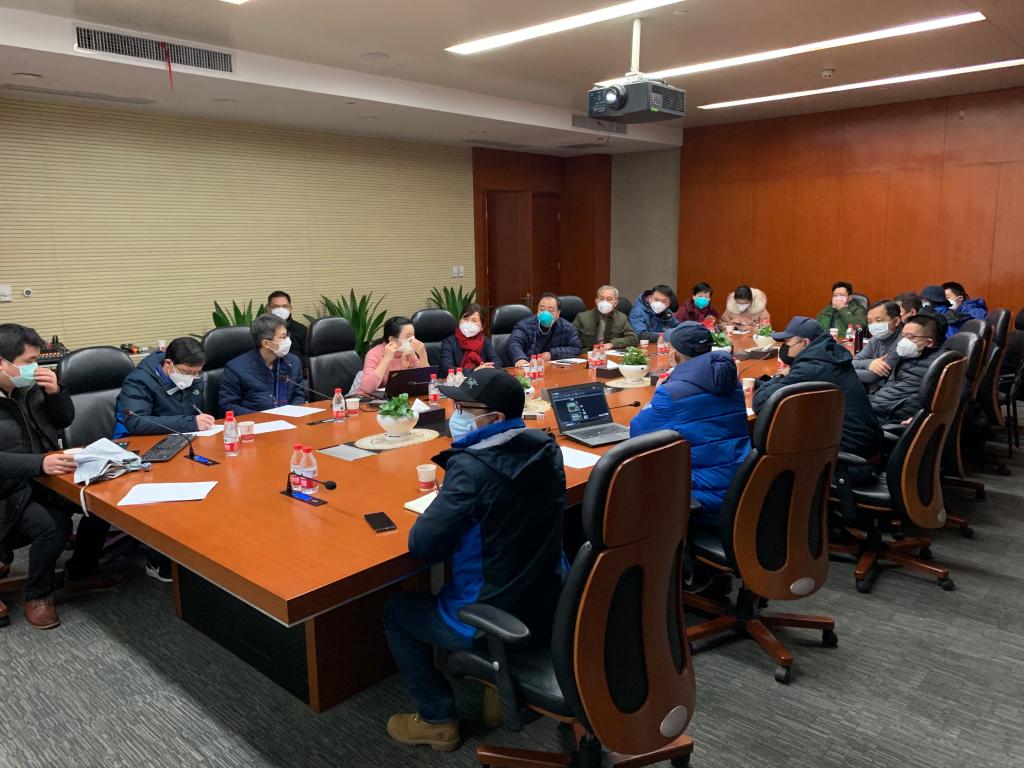
At 9:00 a.m. January 25, the first draft of the hospital design was done, setting a record design speed in China, which was hailed by the media as "thunder-like speed". Later, the design team worked for 48 hours, under YANG’s leadership, to complete the full set of construction drawings of the Leishenshan Hospital. They gave them to the contractors at 9:00 a.m. January 27. At 11:00 a.m., the construction of the first module of Leishenshan Hospital started.
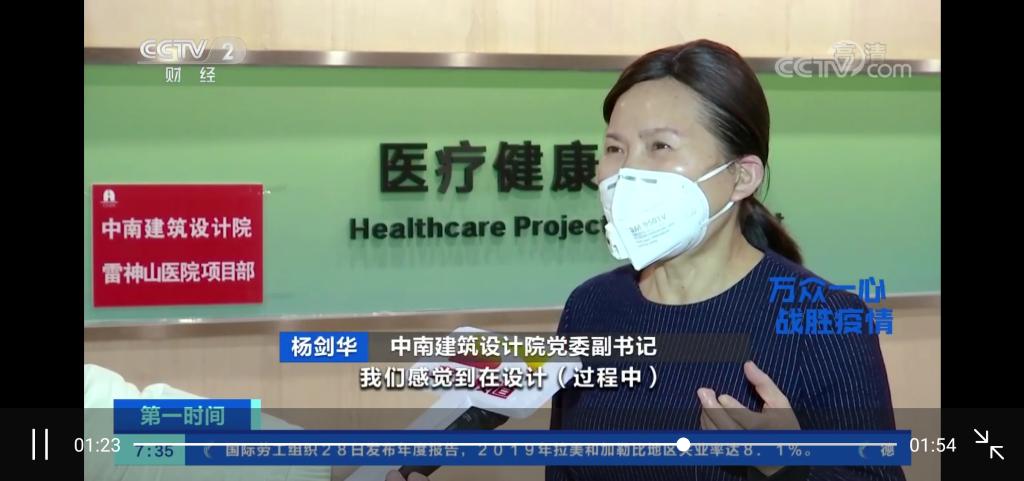
YANG Jianhua, as the chief design officer of the project, visited the project site many times and worked right there on the spot. Her design team were all devoted to the intensive project construction to ensure quality design, smooth cooperation with the site construction on the spot and efficient organization for the successful completion of the project in time. "As a state-owed enterprise in Wuhan, we must stand up and take on the responsibility when there is a need for the country," said YANG.
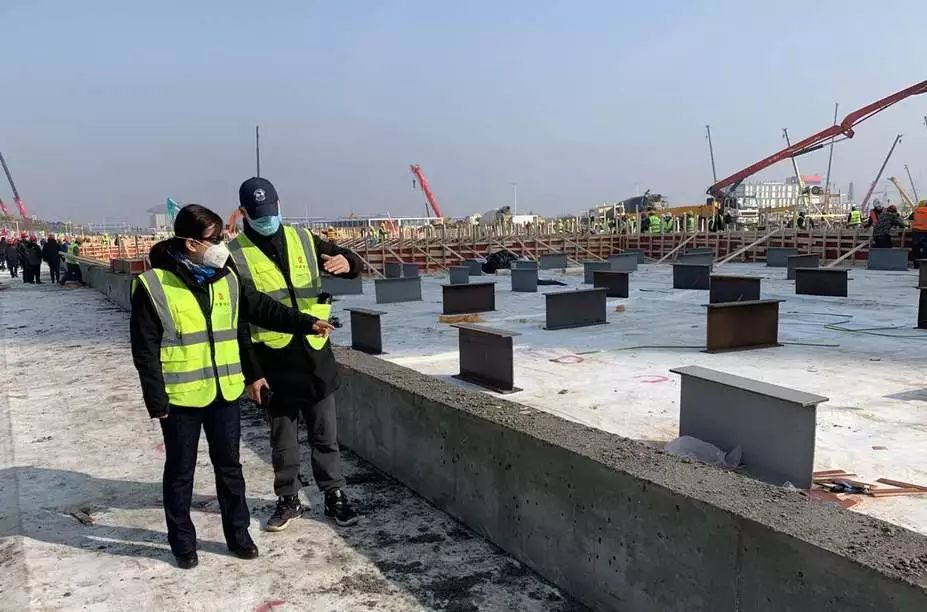
In the eyes of YANG, to curb the spread of the novel coronavirus, the design of this project is a comprehensive upgrade of the Xiaotangshan model, which was created to contain SARS in 2003 by building a makeshift Xiaotangshan Hospital in a suburban area of Beijing in 7 days and treated patients infected with SARS throughout China.
The reporter learned that in addition to Mrs. YANG Jianhua, a number of other Tongji alumni, including HONG Ying, HU Yinghui, WEI Zhong, MA Youcai, FENG Xingming, JIANG Yifeng, also participated in the design of Leishenshan Hospital. Meanwhile, CSADI also did the renovation design for the Traditional Chinese Medicine Hospital in Huangpi District, Wuhan, and provided free consultation of design drawings and technology for Guangdong, Hunan, Sichuan, Jiangxi and other provinces. Led by YANG, CSADI immediately set technical guidelines for the reconstruction of makeshift hospitals to combat the epidemic in collaboration with CITIC Architectural Design Institute (CADI).
In the design and construction of Huoshenshan Hospital, the first makeshift hospital in Wuhan, we can also see the wisdom and sweat of Tongji alumni.

"I feel relieved today eventually. I'm proud to be part of the design team of Huoshenshan Hospital and made my contribution in the fight against the epidemic", said LI Weiwu, a graduate of the Year 2012 from municipal engineering with the School of Environmental Science and Engineering of Tongji University. He is the deputy director of Haimian City Center of CADI. After receiving the urgent design task of Huoshenshan Hospital on January 23, CADI set up a project team immediately and began to work without a minute delay. They completed the draft design within 24 hours, which was approved right away. After 60 hours of non-stop work, all construction drawings were completed on the early morning of January 26. Responsible for the design of Wards No. 1 and No. 2., LI and his team took into consideration a number of factors to meet the basic functions of an infectious disease hospital within limited time. They worked day and night on a 24-hour shift, making drawings in turn. After the construction drawings were delivered to the construction teams, the project team tracked the construction progress closely, cooperated with the construction teams, and followed up with subsequent optimized designs. When the Huoshenshan Hospital project was completed, LI continued to start the design of another emergency hospital in Hubei.

The HVAC team led by LEI Jianping, director of Architectural Research Institute of CADI and a graduate of the Year 1994 from HVAC engineering of Tongji University, conducted the design and testing of the HVAC system in Huoshenshan Hospital. According to LEI, the challenge for the HVAC system in this special project lied in the correct handling of different air pressures between the different areas including clean areas, potentially polluted areas, semi-polluted areas, and polluted areas to ensure that medical personnel and patients are not infected. In addition, during design and construction, they made all efforts to guarantee that the system is easy to operate and maintain in the later period so that technicians can avoid reentering the polluted area to operate the equipment, and the hospital's exhaust is prevented from polluting the surrounding environment. For this purpose, his team worked tirelessly in their design rooms and the construction site for more than ten days, constantly improving their design and optimizing the process to better meet the requirements of safety.
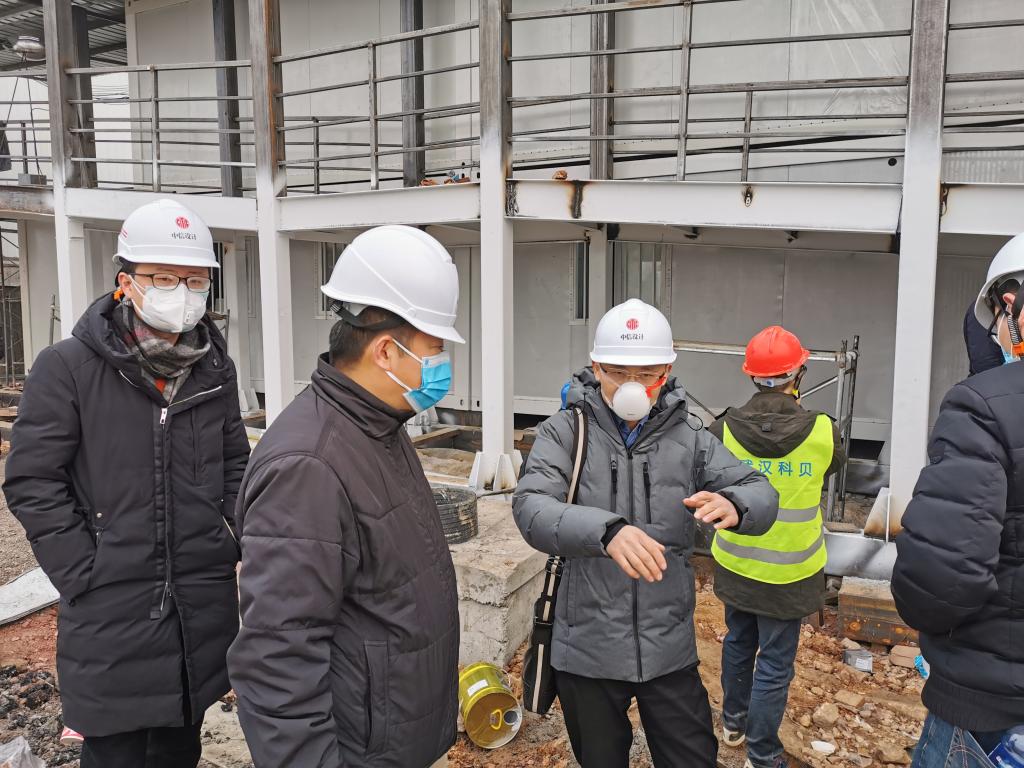
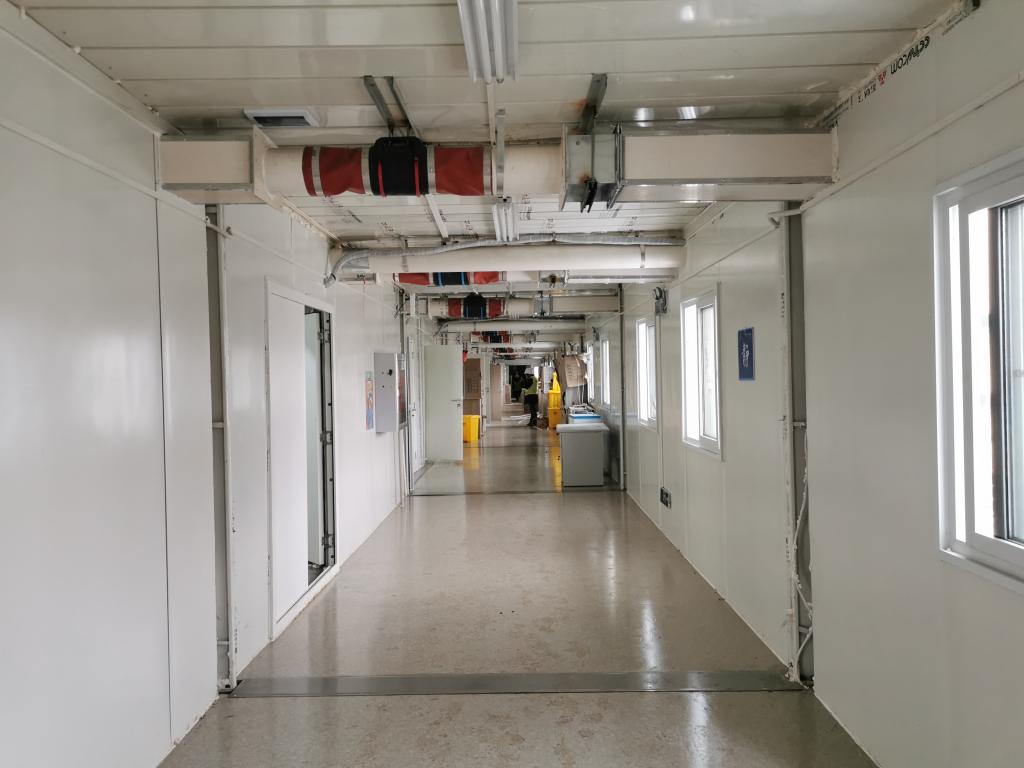
"I was on the scene when the hospital was delivered for use today". Mr. GAO Wei, a graduate of the Year 2001 from the School of Electronics and Information Engineering of Tongji University, is the manager of VIP customers of the Marketing Department of Intelligent Integration Company, Wuhan Construction. He worked day and night with his colleagues at the site of Huoshenshan Hospital since the beginning of the Chinese New Year on January 25, responsible for the intelligent and automated system of the Medical Technology Building and the ICU of Huoshenshan Hospital, including monitoring, access control, broadcasting, intercom between doctors and nurses and integrated wiring of the computer network . "Huoshenshan Hospital is not a normal hospital; therefore, the information system is an important part of it. What we did was rescue and relief work, which is very meaningful", said GAO Wei. After the delivery, they still have some more work to follow-up.
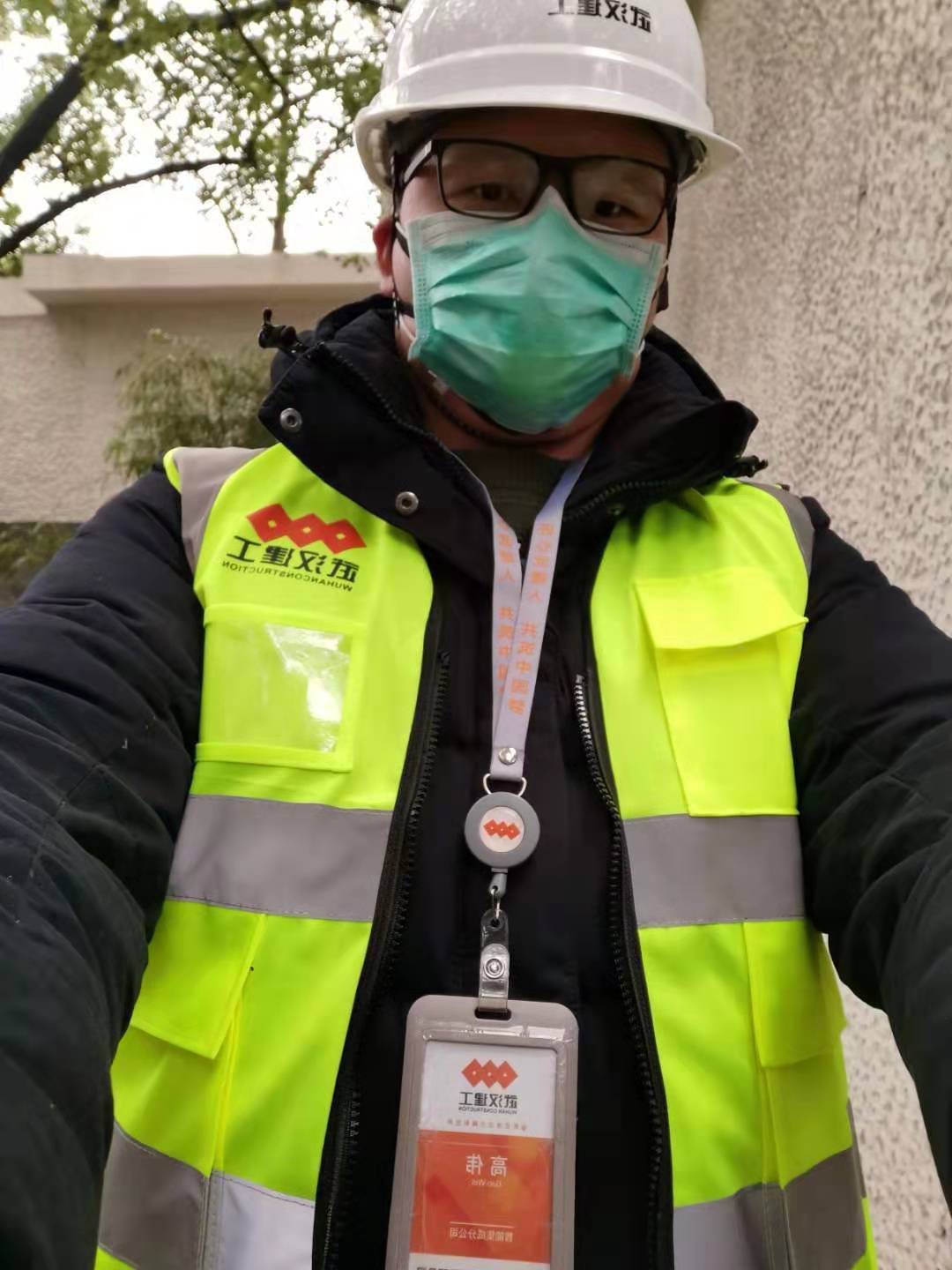
Source: https://news.tongji.edu.cn/info/1003/72453.htm